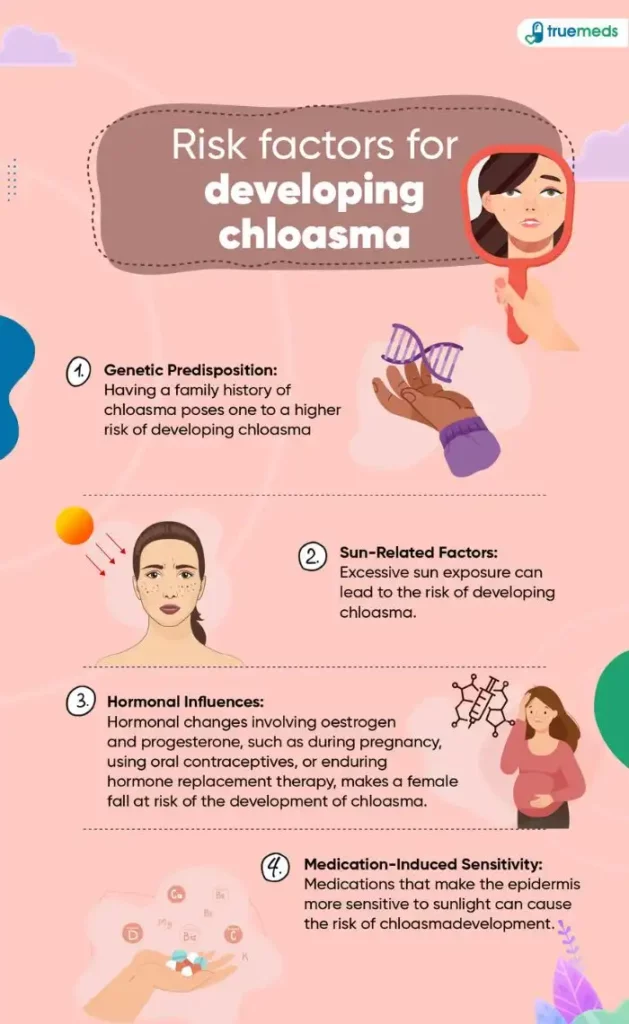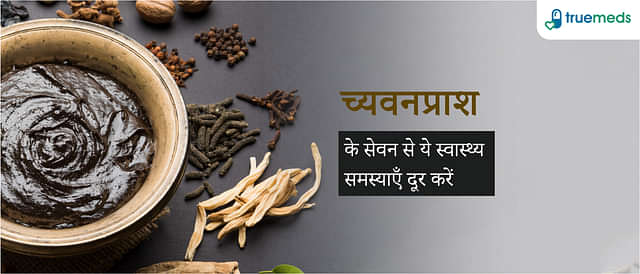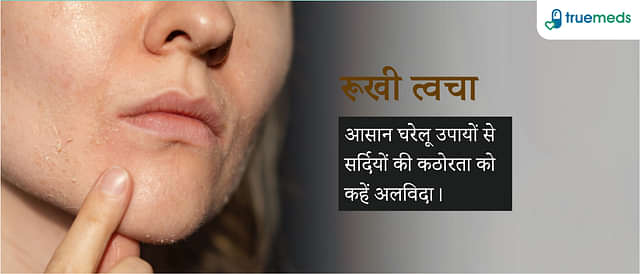3 Risk Factors for Developing Chloasmas
Last updated on : 23 Apr, 2024
Read time : 7 min
What is chloasma?
Chloasma, more commonly known as melasma, is an acquired pigmentation disorder of the skin characterised by areas of discolouration known as hyperpigmentation. Hyperpigmentation means the darkening of natural skin colour due to an increased melanin deposition, which determines a person’s eye, skin, and hair colour. Chloasma appears equally on both sides of the face and occasionally in other sun-exposed regions.
Chloasma can affect both genders, although it is much more common among females. Chloasma in pregnancy is a common sight. People with darker skin colour and those who tan easily are at a greater risk than light skin tone people. That’s because dark skin tone people naturally have more melanin.

What is the cause of chloasma in pregnancy?
The exact grounds of what causes chloasma in pregnancy are unclear. The condition is also known to appear at any time in life and affects any gender. Let us look at the significant causes of chloasma.
1) Hormones cause chloasma in pregnancy
Hormonal imbalance risk leads to chloasma in pregnancy, also known as melasma. These small changes in pigmentation are thought to be stimulated by increased levels of oestrogen during pregnancy. People having oral contraceptive pills (OCP) or hormone replacement therapy (HRT) may also encounter chloasma due to hormonal changes. Increases in these hormones are thought to trigger melanin creation and develop hyperpigmentation patches.
The increased levels of progesterone enhance the effect of the high estrogen level that pregnancy triggers. The hormone shift also often causes the linea nigra, the dark line down the centre of your belly during pregnancy.
2) Sun
Exposure to the sun also enhances your likelihood of developing chloasma. The sun’s ultraviolet (UV) light boosts melanocytes to produce melanin, triggering chloasma and aggravating existing chloasma. Thyroid disease and stress can both be influencing factors. Melanocytes are the pigment-producing cells in your skin.
Chloasma in pregnancy is believed to be caused by female sex hormones stimulating pigment-producing cells to produce more melanin pigments (dark-coloured pigments) when the skin is exposed to sunlight.
3) Heredity
The American Academy of Dermatology claims that individuals with darker skin colour are more likely to acquire chloasma than those with lighter skin tones. Those with chloasma have more active melanocytes. Chloasma is also more likely to occur in people who have close relatives who have had it.
These factors only put you at a higher risk; they do not guarantee that you will acquire them. Chloasma can also appear in some people with fair skin with no family history of the disease.
What are the signs and symptoms of chloasma?
- Chloasma causes patches of discolouration on the face. Compared to your regular skin colour, the patches are darker. The dark patches are uniform, with marks on both sides of the face. Furthermore, chloasma appears on those body parts exposed to the sun. The skin patches are usually well-defined, varying in size from less than 1 centimetre (cm), or about a third of an inch, to more than 10 cm.
- Brownish-coloured patches usually develop on the cheeks, forehead, bridge of the nose, and chin. Discolouring the skin poses no health risk but can make you uncomfortable and conscious of a person’s appearance.
- Although chloasma does not typically cause symptoms, such as itching or pain, it can cause considerable cosmetic concerns and psychological distress, which may significantly impact the quality of life of the affected individual.
Does chloasma cause hormonal imbalances?
The specific cause of chloasma is unknown; research has suggested that hormonal imbalances may play a role in its development. Chloasma is caused by increased oestrogen and progesterone levels, leading to an overproduction of melanin, particularly when the skin is exposed to direct sunlight. However, chloasma itself does not cause hormonal imbalances, rather it is a symptom of such imbalances. If you have chloasma, it is important to visit a healthcare practitioner to discover the underlying reason and the best treatment options.
How is chloasma diagnosed?
Diagnosis of chloasma is based upon clinical observation of the skin patches and includes a history of a predisposing risk factor. In some cases, examination under Wood’s lamp, which uses fluorescent light to illuminate hyperpigmented skin patches, may help identify the extent of the chloasma. A skin biopsy can be performed in rare instances if the diagnosis is uncertain.
How is chloasma treated?
Numerous treatment options for chloasma include skin-lightening agents, chemical peels, and laser or light-based therapies. The medications for chloasma include hydroquinone, retinoids, topical corticosteroids, azelaic acid, and tranexamic acid.
Chemical peels are a potent way to treat patients who do not respond well to these medications by removing extra melanin from the skin’s surface, which will reduce hyperpigmentation. They are frequently combined with skin-lightening products to maximise the efficacy of chemical peels.
Ultimately, if all other treatment options have failed, people may be treated with laser therapy or light-based therapies to remove pigmented areas of skin. Chloasma treatment can be challenging because it is a stable disease that can reoccur over time.
Irrespective of treatment, specific steps to prevent further progression of chloasma can be taken, such as avoiding or limiting sun exposure, using a wide range of sunscreens, and wearing large hats to safeguard the face from the sun.
There is no need to treat chloasma in pregnancy, as it usually resolves after childbirth or, for some people, once they are done breastfeeding.
How to prevent chloasma in pregnancy?
It is worthwhile to use strict photoprotection to avoid the onset of chloasma in pregnancy. Hats and other shade forms, coupled with applying a broad-spectrum sunscreen at least daily, are prudent measures to avoid sun exposure. Physical blockers like titanium dioxide and zinc oxide are preferred over chemical blockers because they give more protection.
To wrap it up
Chloasma, or the “mask of pregnancy,” is a pigmentation disorder of the skin characterised by darker skin patches that primarily affect the face and other sun-exposed areas. Chloasma, or melasma, is more common in females with darker skin complexion. It is often correlated with pregnancy and the use of oral contraceptives. The exact cause of chloasma is unknown, even though having a genetic predisposition, sun exposure, and hormonal changes play a role in its development.
Chloasma can be treated with skin-lightening agents, chemical peels, and laser or light-based therapies. Maintaining a strict regime for sun protection by avoiding unnecessary sun exposure, using broad-spectrum sunscreens, and wearing wide-brimmed hats to protect the face from the sun is also essential.
Online pharmacy, Truemeds, provides all varieties of drugs, including branded, over-the-counter, and nutritional supplements, as well as generic medicines online at an affordable price. If one uploads previous diabetes medication prescriptions on the Truemeds app or website, one can avail of free doctor consultations. Free home delivery saves up to 72% on your medication purchased from Truemeds.
Disclaimer: This content, including advice and medicines, provides generic information only. It is in no way a substitute for a qualified medical opinion. Always consult a specialist or your doctor for more details.
Reference:
Disclaimer
Our healthcare experts have carefully reviewed and compiled the information presented here to ensure accuracy and trustworthiness. It is important to note that this information serves as a general overview of the topic and is for informational purposes only. It is not intended to diagnose, prevent, or cure any health problem. This page does not establish a doctor-patient relationship, nor does it replace the advice or consultation of a registered medical practitioner. We recommend seeking guidance from your registered medical practitioner for any questions or concerns regarding your medical condition.
Popular Articles
Recommended Articles
Recent Articles
Top-Selling Medicines:
...View more
Top-Selling OTC:
...View more
Subscribe
Registered Office Address
Grievance Officer
Download Truemeds

Contact Us
Our customer representative team is available 7 days a week from 9 am - 9 pm.
v3.7.5
Our Payment Partners


























































